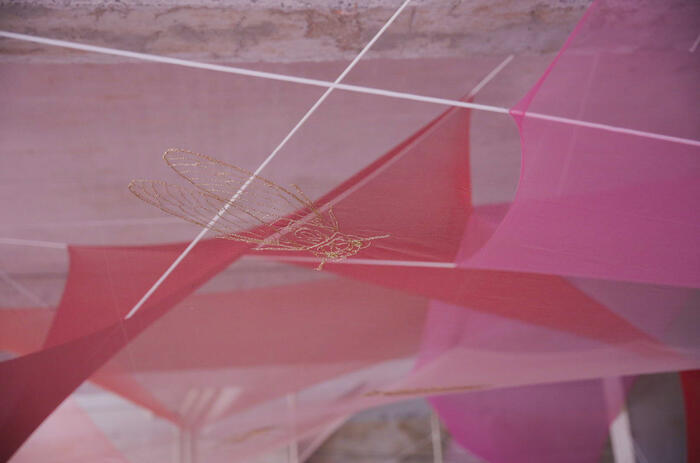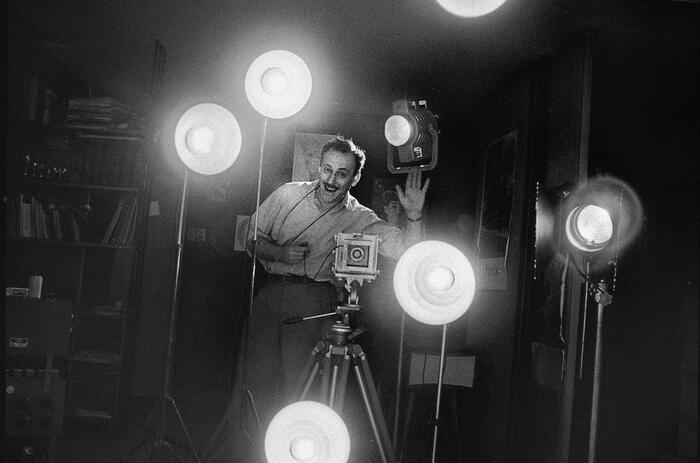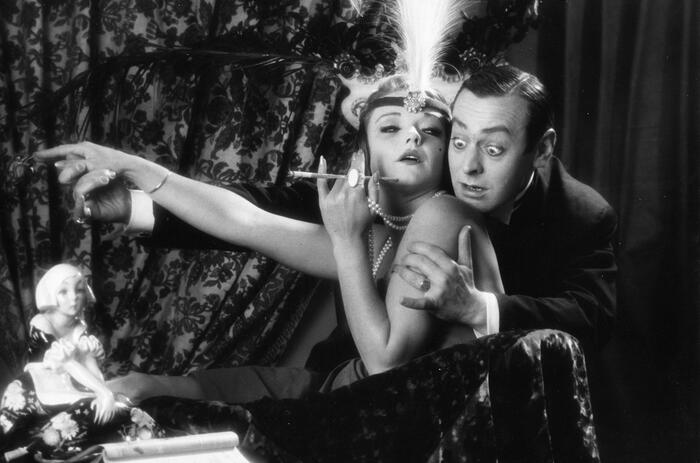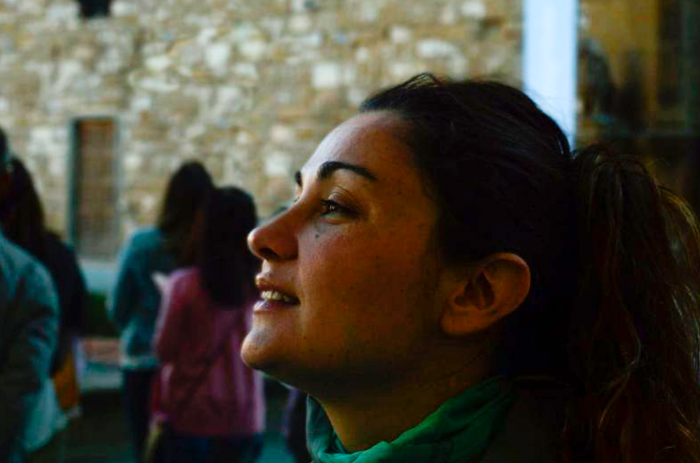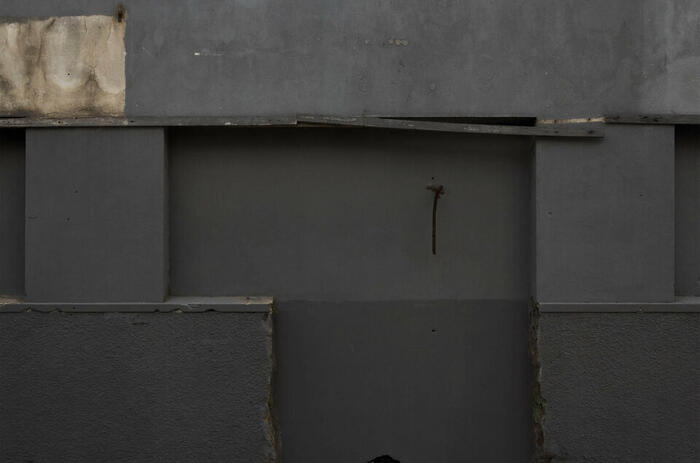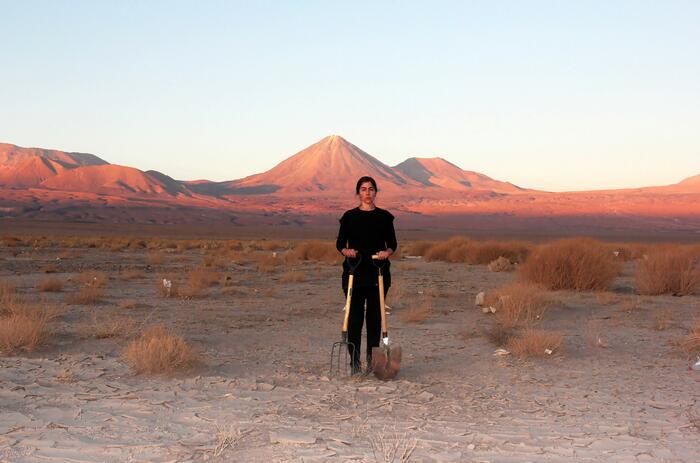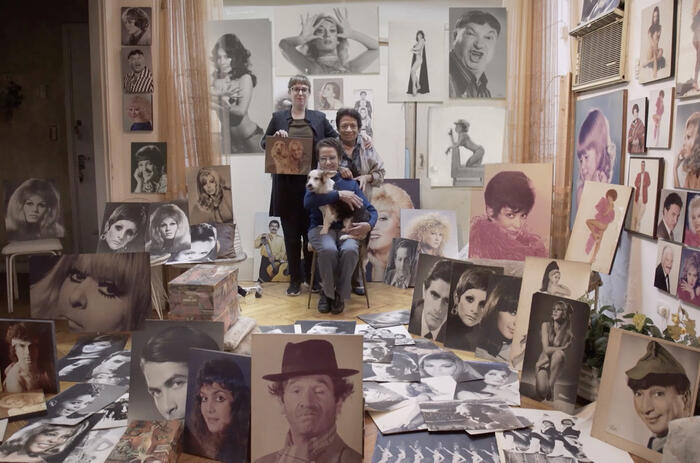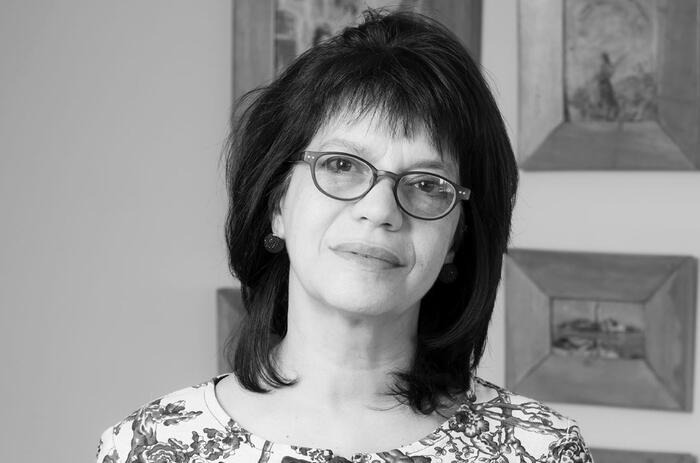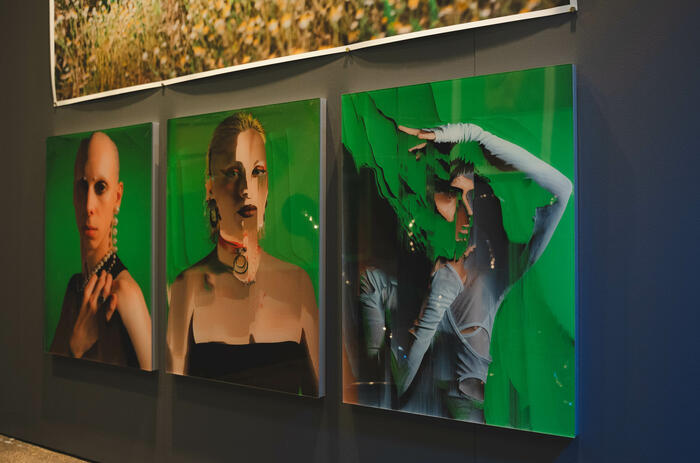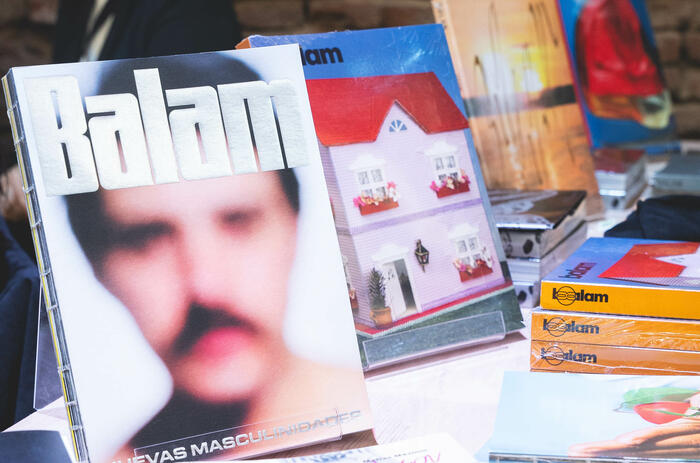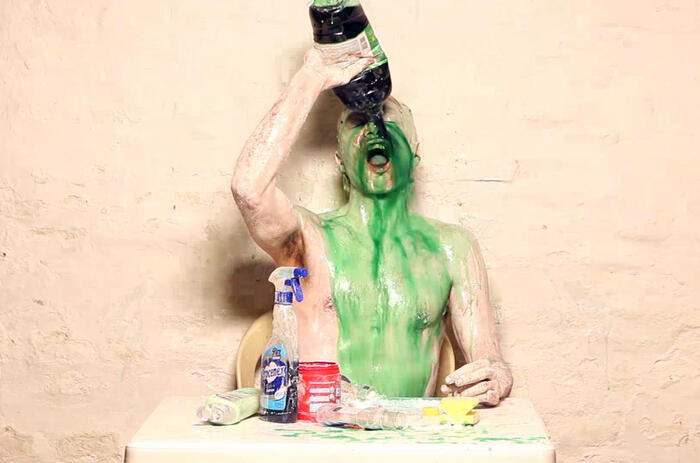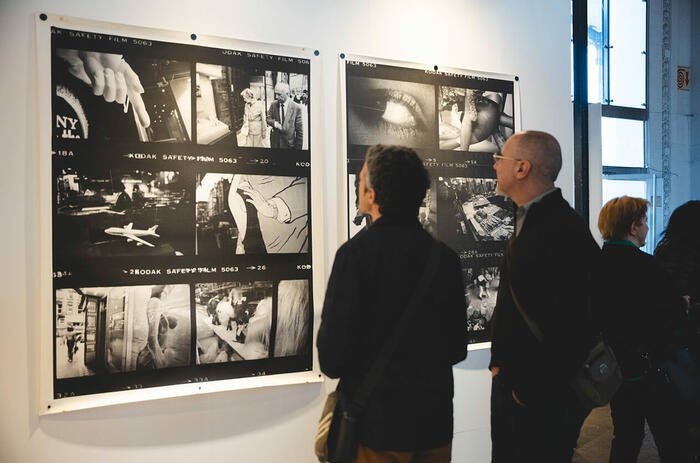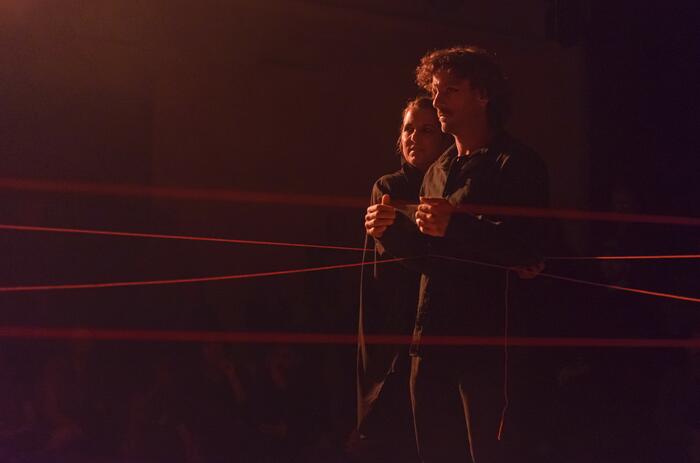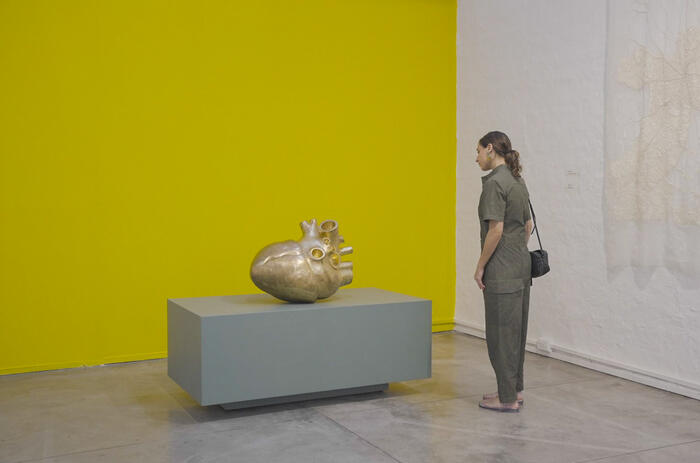JOAQUÍN SÁNCHEZ AT PINTA UNIVERSE: A SEARCH FOR DIALOGUE AND REFLECTION
Joaquín Sánchez is a multidisciplinary artist whose work has been nurtured by the knowledge and skills of indigenous and popular communities in Bolivia and Paraguay, with whom he has been developing collaborative processes for more than two decades. His proposals, although they cover a wide spectrum of languages and discourses, recognize precise axes linked to the history and ancestral culture of the peoples that have long inhabited the territory that both countries disputed almost a century ago, as well as to his own history, in a sort of personal ethnography made of fragments of memory.
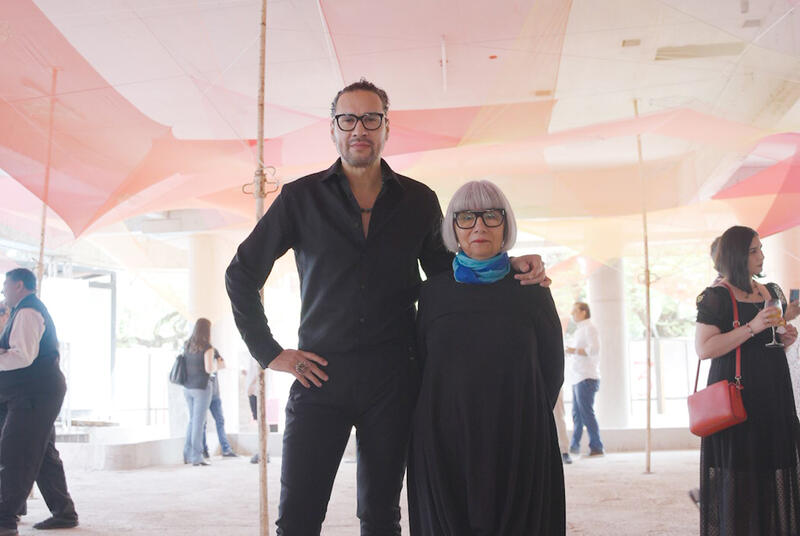
How did you become a multidisciplinary artist, working in film, video, installation, performance and sculpture?
I think I have two clear moments. In Paraguay I grew up with my grandparents in the countryside, in a small town about 50 minutes from Asunción. I always had that relationship between a larger and more vital city and this small town called Barrero Grande (Eusebio Ayala). My grandfather had a workshop in his house where he fixed everything: bicycles, cars, machines, anything. And I loved to walk around there and see everything that was in that space. I had conversations with my grandfather that I didn't quite get as was a child, but later on I began to understand. He told me that art had to do with something much bigger and deeper than just forms. At that time, I didn't have a clear notion, but I think that has been the starting point of my search, a multi-disciplinary search.
A second moment was when I went to Buenos Aires when I finished high school and fell in love with the city. I found everything it had to offer culturally. That stage was very important because I met a lot of people, I was trying to study art at the UBA, but on the other hand I went to the Teatro Colón and the San Martín because I liked that discipline. Besides, I had a group of friends where some of them were studying cinema, so I also helped them with the scenography. That collaboration is very common in Argentina, especially at that time at the end of the 90s, and it marked me a lot. I was jumping from one side to the other, trying to find what my grandfather had told me, what goes beyond the art forms. And that made me a multi-disciplinary artist. Later, the interest I had in conceptual and contemporary art also led me to discover other languages.
How do you select those images or words that serve as a starting point in your creative process?
My grandfather had a traveling cinema that worked as a van, and that marked my life: the moving images, the editing of the films, the trip through different towns projecting images in the streets, in schools. The cinema did not have a commercial purpose, it had this idea of getting to know the country. I enjoyed that a lot and was always close to the images; I collected the films that were shown. Cinema was a great trigger: you work together with a team, it is multi-disciplinary, it manipulates images and words. A lot of my work has to do with understanding how to tell stories.
I always start my work as if it were a film script, even if the work ends up being a sculpture. My works are films unfolded in some sense. I think this connection with cinematography has been very organic for me because more than half of my artistic production ended up being audiovisual. I also studied film and I do a lot of work related to art direction and production design. So, I'm very linked to the language and it's something very close to my practice.
What role do your personal experiences and family stories play in your work? And your connection to the communities you worked with?
I believe that art is a constant excavation that takes you to some moment in your personal history: what else can one talk about if not what is deep under one's skin? That leads me to refer to family or historical moments that a country is going through, or also conflicts that are generated in the communities.
There is always this starting point of the personal sphere that then ends up in a broader space that would be the community. I could not work on something that does not affect me, that does not infect me.
I connected with my Guarani heritage when I lived in Bolivia. That is where I began to understand a large part of my artistic practice. I found myself understanding contemporary art from that side, together with the communities. I start from my personal history and a broader space is unleashed, like a new knowledge. I connect with that and feel that I am trying to answer what my grandfather told me, that art had to do with something much bigger, that we could talk about spirituality, rituality, community, sharing, all the things that pierced me.
When I lived in El Chaco with a Guarani community, I learned this philosophy that they had of seeing with their ears. Or that they have only one word for colors green and blue. Those ways of thinking not only opened my mind, but also helped me to trace my path and my artistic search. All of that generates many questions that you add to your normal list of concerns when you research, create and produce.
In your work, you often explore personal memory and collective history. How do you consider that your work contributes to the reinterpretation of the history and memory of a particular region or culture?
As I speak Guarani, when I got in touch with the Guarani communities of the Bolivian Chaco, the ice broke easily and we began to share many things from a human point of view. It is always a question of how can we see things from another angle and nourish ourselves from that. Sharing these experiences with the communities has helped me a lot to understand life and art. I think it is important to have this space for dialogue, for conversation, for exchanging points of view. It is necessary. And that experience is then transported to another place. To another space so that people know that this also exists. Many communities have been lost, they no longer speak the language, many traditions do not last long enough for people to know that they existed.
For example, in Bolivia there was a community –the Pacahuaras– that decided not to reproduce and disappeared. Because they did not agree with what was happening with the world, with the forests, with the land. And it is important to see and know that this happened, that this way of looking at the world existed. It's all about having spaces for dialogue to explore these issues that are vital for humanity.
You participated in Pinta Sud in the site-specific installation at Casa M and now you will soon be part of the Pinta BAphoto edition... How was your experience in both fairs? What difference do you see? What facet of your work do you think each fair reflects?
I am very grateful to Pinta Sud. In the first edition I was present with an exhibition in a gallery in Asuncion and in the second edition with a site-specific installation, with a building that was under construction and required me to understand the place to see what could work. It was interesting for my own creation process as well because I had never worked in a place like that, so alive, in the middle of a process. We thought about showing some audiovisual pieces, doing a mix with objects, projections and an installation. It was an opportunity to exhibit my work using the Paraguayan technique of ñandutí, which means spider's web, and then the idea was to invade the space with an ecosystem of works. It was a one-day intervention and it gave me the opportunity to review works and see how they dialogued within that space. I discovered many things within my own practice and also dealt with the challenge of seeing how I activated those works in the fair.
In Pinta BApoto, more related to moving images, I reflected on how photography has been a constant in all my work. I always re-photograph archive photos, interacting and creating new landscapes through technology. It was always very transversal to my practice, very organic. Thinking again about an installation and a different space such as the city of Buenos Aires makes me very curious; let's see what this new proposal brings about. Both experiences were very enriching.
-
Vistas de la instalación site-specific en Casa M: La arquitectura del cuerpo. Poéticas del espacio y otras ficciones.
-
Vistas de la instalación site-specific en Casa M: La arquitectura del cuerpo. Poéticas del espacio y otras ficciones.
-
Vistas de la instalación site-specific en Casa M: La arquitectura del cuerpo. Poéticas del espacio y otras ficciones.

